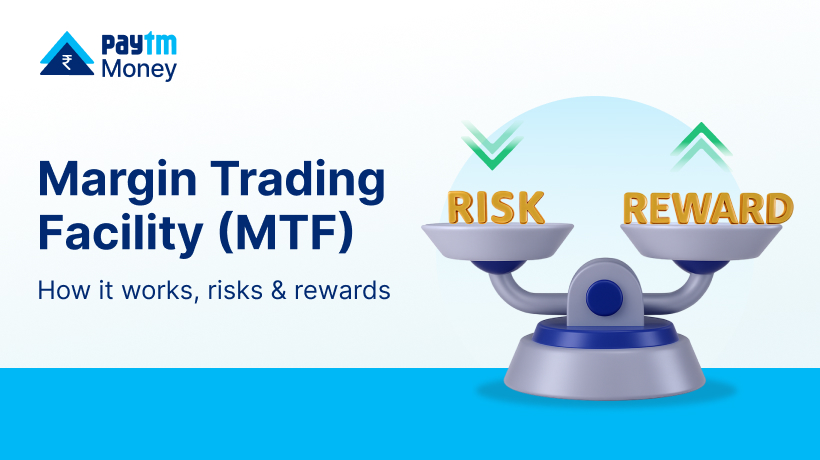Just In: Stamp Duty On Mutual Funds From July 1, 20201 min read
We would like to inform you that, beginning from 1 July 2020, you would be charged a stamp duty of 0.005% on all mutual fund purchases and 0.015% on all transfers respectively in accordance with the orders issued by the Government of India.
Purchases include lump sum, SIP (including existing SIPs registered prior to applicable Date), Switch-in (including triggers from past STP registrations), and Dividend Reinvestment transactions. All categories of mutual fund schemes (including Exchange Traded Funds) would be covered under stamp duty charges.
Transfers include the transfer of mutual fund units from one Demat account to another (including market/off-market transactions), transfer from dividend to growth, or vice-versa in the same scheme.
However, there would be no stamp duty on redemptions, Switch-out, conversion from physical mode to Demat mode, ( essentially wherever consideration is not involved).
How will stamp duty be charged?
Stamp duty will be charged on the value of mutual fund units after the deduction of all other charges like transaction charges, rounding off to two decimals would be applicable. Given below is the formula to calculate stamp duty:
Stamp Duty = (Amount Invested – Transaction charges)*0.005 / 100.005
Let’s understand this with an example:
Amount Invested = Rs. 1,00,100
Platform Transaction Charges = Rs. 100 (this might be valid for any other platform, Paytm Money does not levy any transaction charges)
Stamp Duty = Rs. 5 (i.e. (Rs 1,00,100 – Rs. 100)*0.005/100.005)
NAV of Fund = Rs. 10
Units Allotted = 9,999.50 (i.e. (Rs. 1,00,100 – Rs. 100 – Rs. 5)/10)
What will be the impact on mutual fund returns?
Higher the investment horizon, lower the impact since the stamp duty is a one-time charge, a very short investment horizon may impact your returns more than when you stay invested for a relatively long period. Additionally, frequent portfolio turnover may also lower your portfolio returns.




